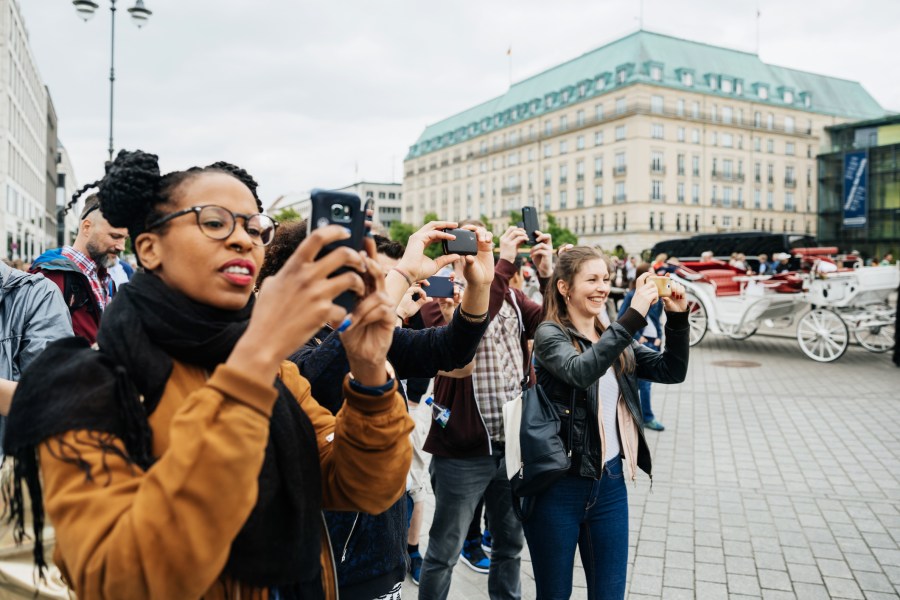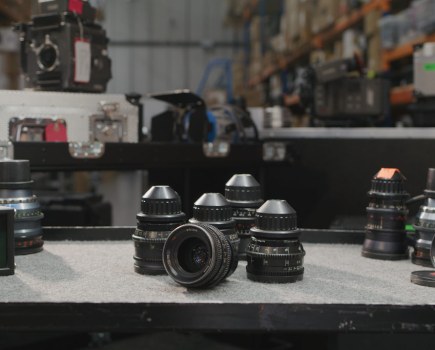A lot of readers will be thinking about travel photography at this time of year – it’s a rewarding genre, encompassing landscape, portrait, street skills and more, but deputy editor Geoff Harris reckons storm clouds are gathering
This week marks the opening of Travel Photographer of the Year, which is one of the biggest and best travel photography competitions in the world, and well worth entering. Founders Chris and Karen Coe have worked tirelessly over the last 21 years to raise the profile and reputation of travel photography, and many professionals and semi-professionals launched their careers on the back of success in the competition (you can enter the 2024 contest here).
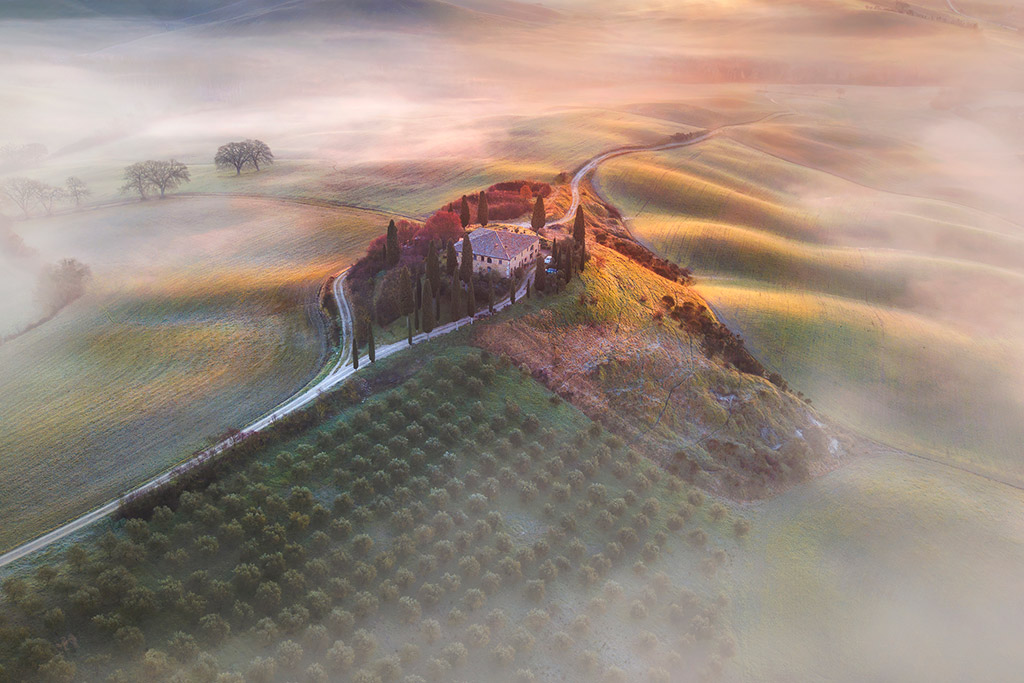
That is the good news, along with the fact that it’s never been easier for serious travel photographers to get their work out there thanks to social media, or raise money for projects via Kickstarter.
Travel photography and anti-tourist protests
While I would never want to rain on any travel photographer’s parade, I can’t help feeling that things are going to get increasingly difficult for exponents of this popular genre, however. Everyone is a travel photographer these days thanks to smartphones and the competition is intense, not only to get your work noticed but also to get decent access to photogenic locations in the places.
Last year I visited Kyoto’s Inari Jinja shrine and from early in the morning, the place gets thronged with smartphone-wielding visitors and Instagrammers.
One Australian influencer had brought a mini film-crew with her as she posed by the famous red Torii gates, getting in everyone else’s way. Another dodgy-looking pair of gaijin hogged one of the most photogenic spots for ages, changing into various questionable outfits and gurning away like a couple of micro-celebrities (which, knowing social media, is probably what they were).
These narcissistic Instagrammers, who seem to think a beauty spot or historic site is somehow lacking until they appear in it, have been around for a while, and not going to go away, especially as the travel industry seems to have fully recovered from the pandemic.
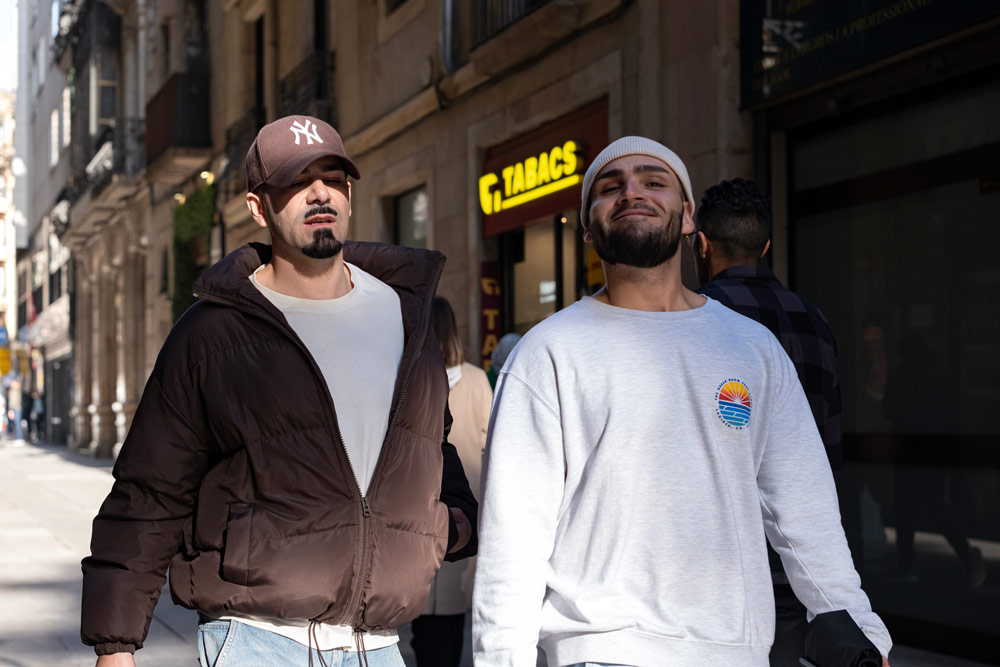
What is changing, however, is resentment from the locals, who feel increasingly swamped by tourists. As travel photographers – having won awards for images taken overseas, I count myself as part of the tribe – we like to think we are somehow different from your bog-standard tourist snapping away with a smartphone, but the locals don’t make this distinction.
Sayonara, snappers
We are only halfway through 2024 but already there have been big demonstrations against uncontrolled tourism in Spain, for example. Even the ultra-polite Japanese have decided enough is enough, with one locality blocking access to a famous view of Mt Fuji to deter the jostling crowds of snappers and their attendant piles of rubbish.

Actually, the locals aren’t so much protesting against tourists per se, as they give a valuable boost to the economy; rather, they are angered by greedy tour companies and compliant/corrupt local authorities, who disregard the effect that uncontrolled tourism has on communities.
Hopefully, a more sustainable compromise will be reached, but in the meantime, we as travel photographers shouldn’t be surprised if we start to face increased hostility and resentment from the locals when we turn up with our cameras, or as part of a photography tour. In other words, travel photography, which is already hard to do well, could be about to get a whole lot harder.
A neo-colonialist eye?
Wider cultural trends are at play here too. While the Travel Photographer of the Year competition is a very broad and inclusive church, any photographer from the affluent west who enters one of the ‘artier’ photography contests with an image, say, of a street scene from a poor part of Africa or India might get accused of having a ‘neo-colonial’ eye. However well-executed the image, it won’t get past the first post.
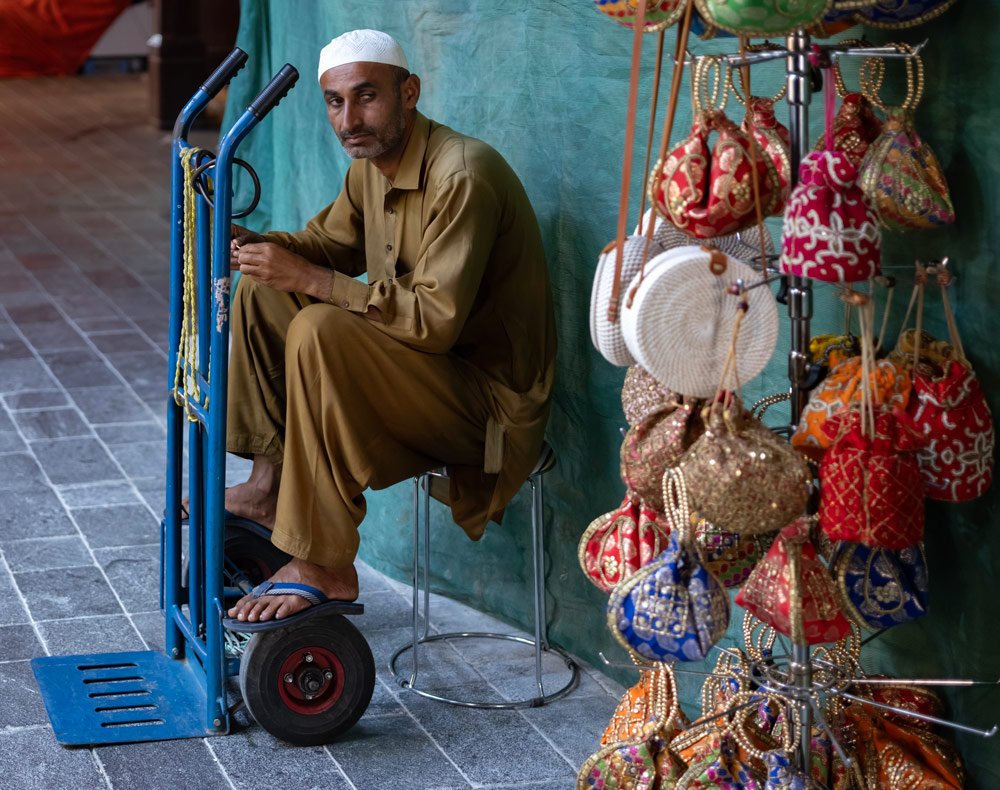
I am not saying this is a bad thing – as western travel photographers, it is important we consider some of our assumptions and stereotypical attitudes – but it needs to be taken into account. And yes, probably we do all need to be more culturally sensitive as photographers. My point here is that travel photographers are no longer working in some of kind of bubble, with gear choice, exposure and composition, etc, being the most pressing considerations.
Going forward, we need to pay more attention to the needs and sensitivities of local communities, and never assume that turning up with expensive camera equipment and an impressive portfolio makes us somehow ‘special.’ A local who can’t get their kids to school because you are in the way doesn’t care whether you are Steve McCurry or a buckethead day-tripper with a cheap smartphone.
Further reading
How I got to the travel photo finals with a quick shot
Guide to Travel Photography: tips no matter the location or subject
Have I just found the perfect street and travel camera?

